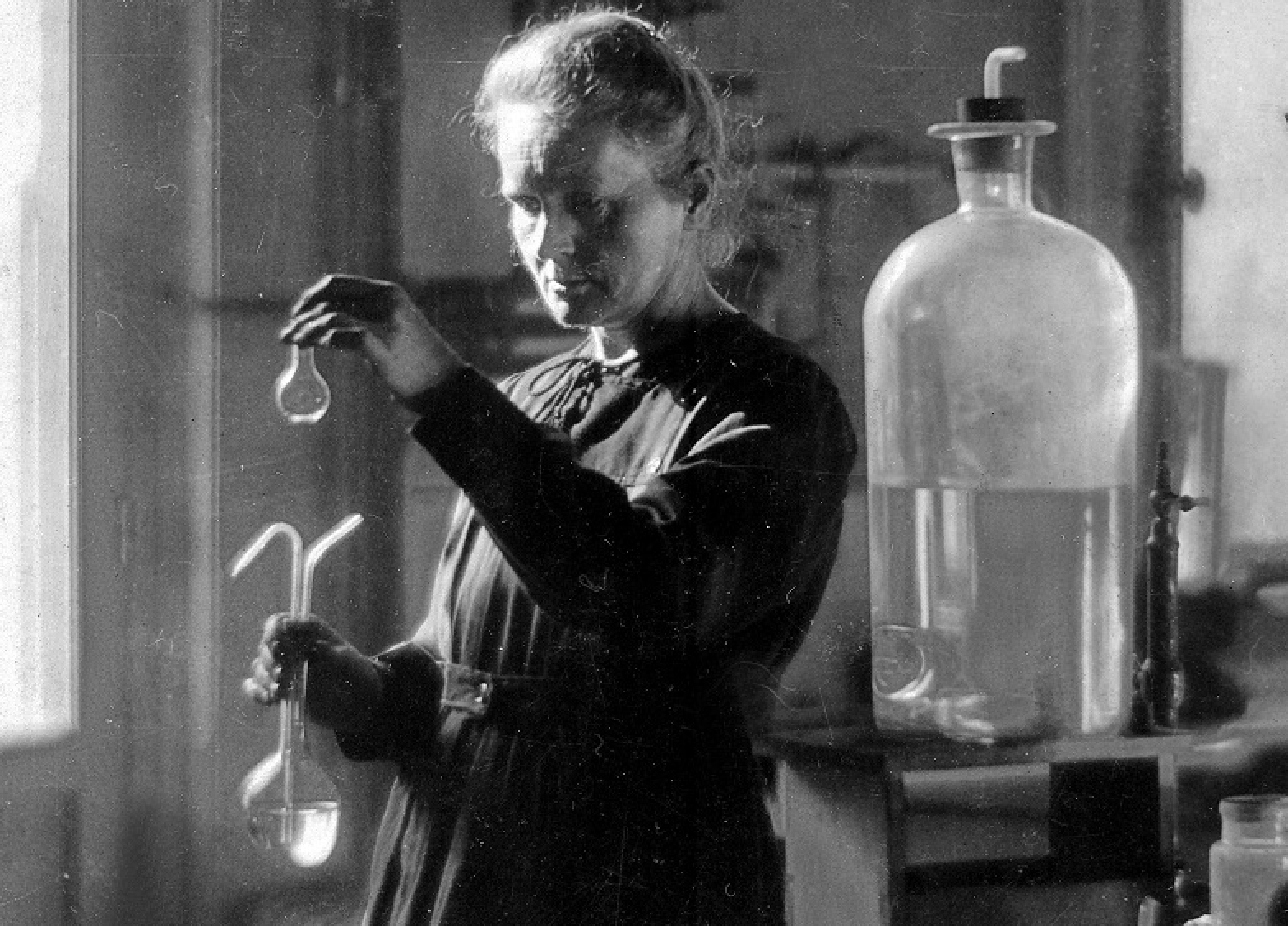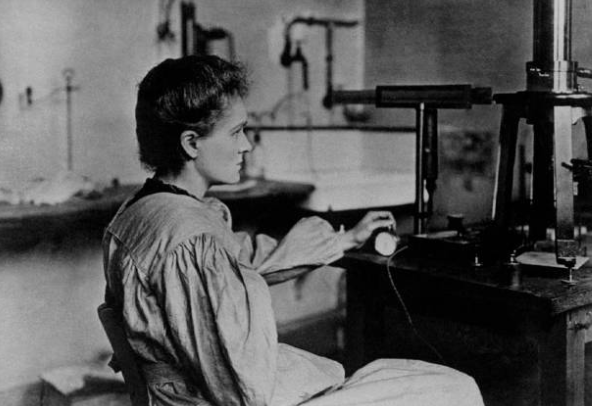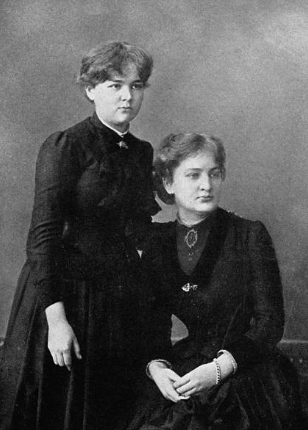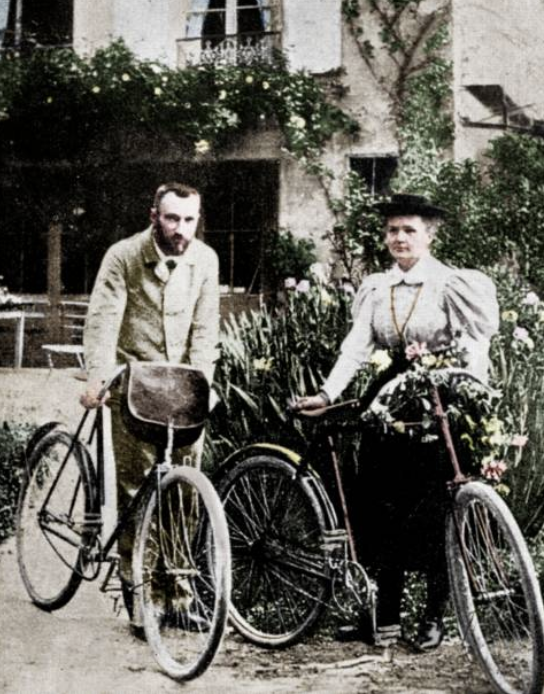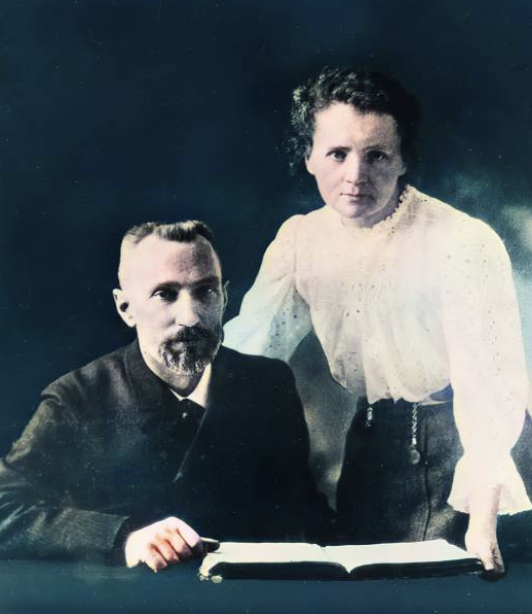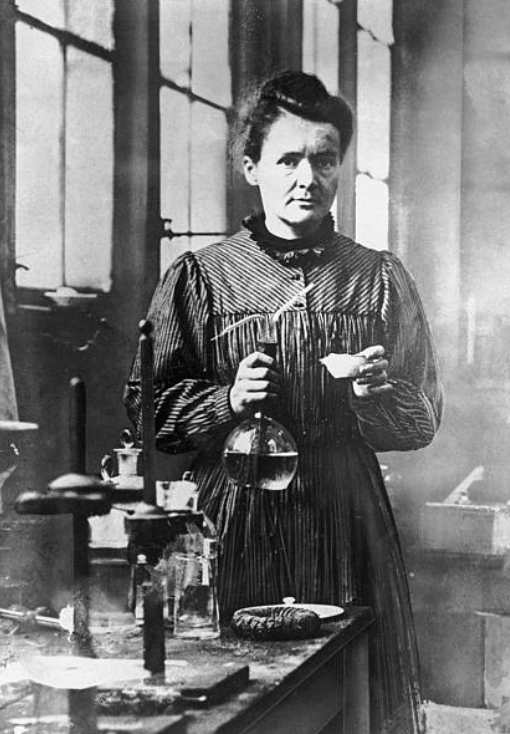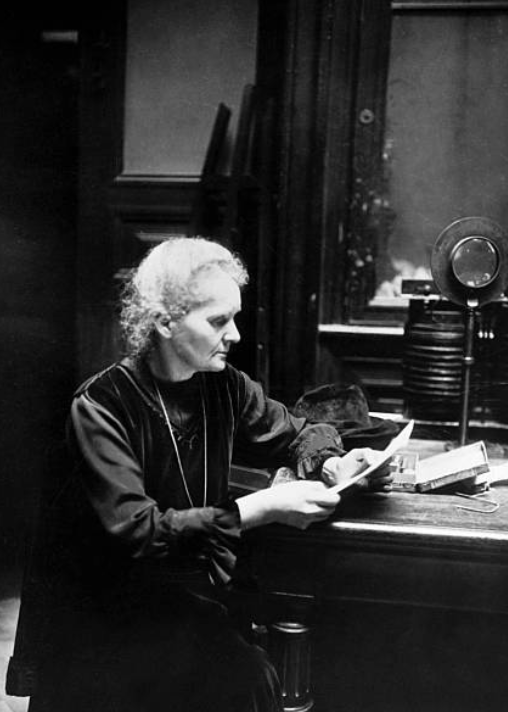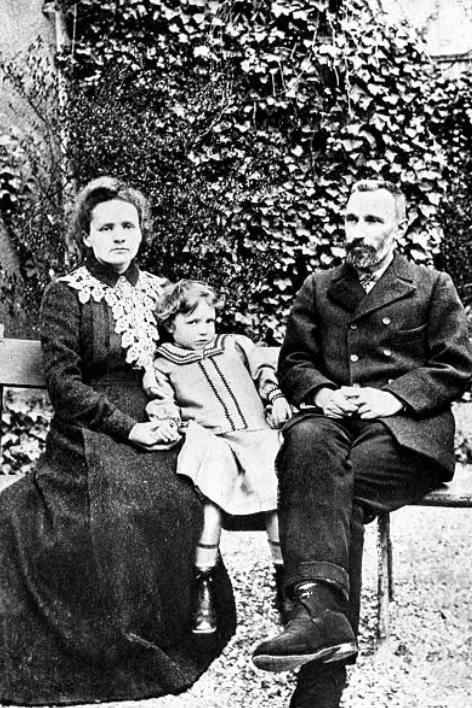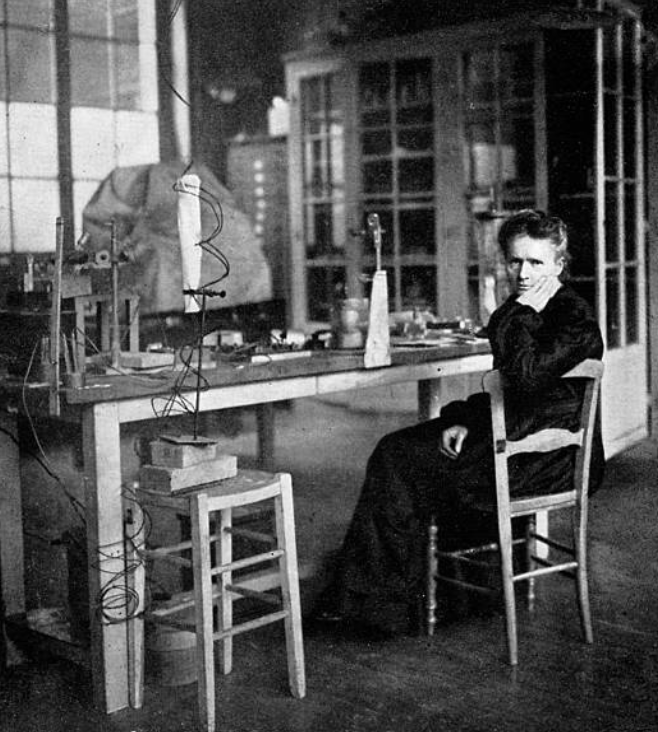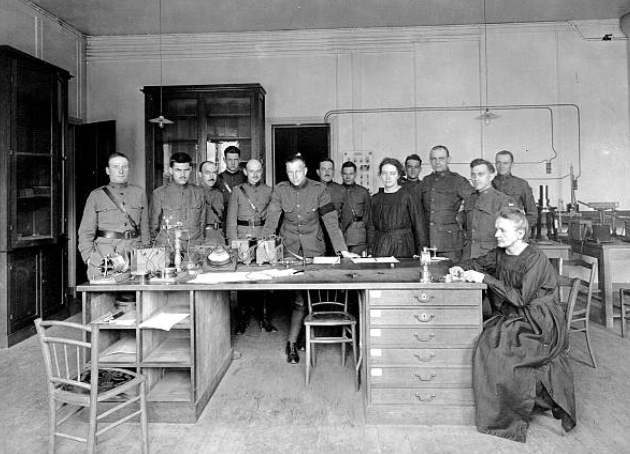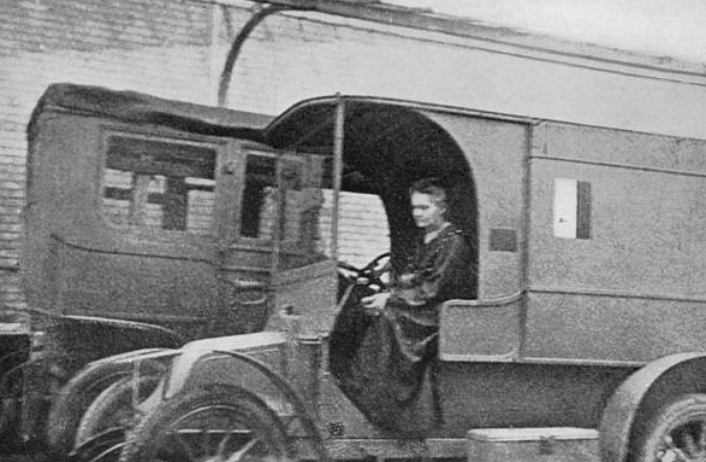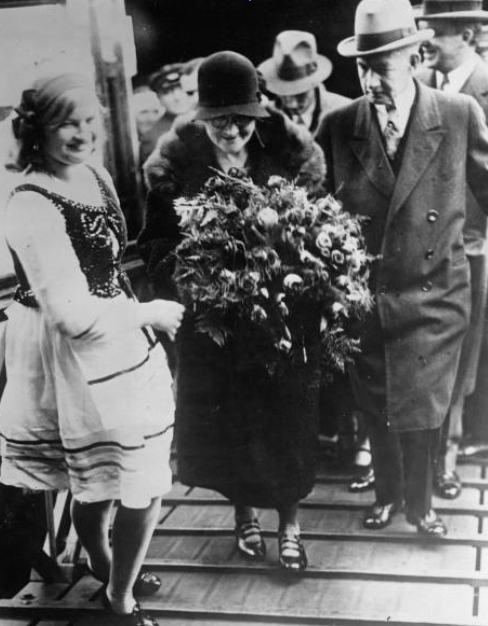Thread
Working in a converted shed with no ventilation, Marie Curie's research paved the way for modern science.
Here's the story of how one woman saved ~1 million of soldiers during WWI and won 2 Nobel Prizes doing it🧵
Here's the story of how one woman saved ~1 million of soldiers during WWI and won 2 Nobel Prizes doing it🧵
Born in Poland in 1867, Marie Curie faced hurdles at every step of the way.
A top student growing up, Marie was determined to continue her education.
She wasn't able to attend the Male-only University of Warsaw, so she took secret classes at an underground university.
A top student growing up, Marie was determined to continue her education.
She wasn't able to attend the Male-only University of Warsaw, so she took secret classes at an underground university.
Her dreams of earning an official degree abroad never left. An impoverished upbringing made it unlikely, but not impossible.
That's when Marie made a deal with her sister Bronya. While Bronya was earning her degree, Marie agreed to work to support her.
(She worked as a tutor)
That's when Marie made a deal with her sister Bronya. While Bronya was earning her degree, Marie agreed to work to support her.
(She worked as a tutor)
And while Marie was earning her degree in Paris, Bronya supported her.
Surviving off of buttered bread and tea, Marie completed a Master's degree in physics in 1893.
And then she made perhaps her greatest discovery of all, Pierre Curie.
Surviving off of buttered bread and tea, Marie completed a Master's degree in physics in 1893.
And then she made perhaps her greatest discovery of all, Pierre Curie.
At the time, an instructor of Physics at ESPCI Paris, Pierre was the perfect match.
Both enveloped in the natural sciences, they were a force to be reckoned with.
Between 1898 and 1902, the Curies published 32 scientific papers, most notably their analysis of radium.
Both enveloped in the natural sciences, they were a force to be reckoned with.
Between 1898 and 1902, the Curies published 32 scientific papers, most notably their analysis of radium.
Marie and Pierre discovered that when tumor-forming cells were exposed to radium, they were destroyed faster than healthy cells.
A massive discovery, still with implications today.
And in 1903 Marie succeeded her husband as the Head of Physics Lab at the University of Paris
A massive discovery, still with implications today.
And in 1903 Marie succeeded her husband as the Head of Physics Lab at the University of Paris
That same year, Marie won the Nobel Prize for her work on radioactivity.
Becoming the first woman to win the award.
Paying out a whopping $17,451 ($561,000 in 2021 dollars), Marie used the funds to continue her research.
Becoming the first woman to win the award.
Paying out a whopping $17,451 ($561,000 in 2021 dollars), Marie used the funds to continue her research.
Then the unimaginable happened.
In 1906, Pierre Curie was struck by a horse-drawn buggy and killed.
Marie was devastated.
Realizing the magnitude of the loss, the University of Paris knew they needed someone to fill the shoes of Pierre.
In 1906, Pierre Curie was struck by a horse-drawn buggy and killed.
Marie was devastated.
Realizing the magnitude of the loss, the University of Paris knew they needed someone to fill the shoes of Pierre.
So Marie was appointed the Professor of General Physics in Faculty Sciences.
Becoming the first woman Professor at the University of Paris.
And she continued to push the boundaries of science, winning her 2nd Nobel Prize in 1911 for her discovery of radium and polonium.
Becoming the first woman Professor at the University of Paris.
And she continued to push the boundaries of science, winning her 2nd Nobel Prize in 1911 for her discovery of radium and polonium.
Marie became the first person to win 2 Nobel Prizes and to this day is the only person to be honored for her accomplishments in two separate sciences.
But her most incredible feat was yet to come.
In 1914, WW1 broke out and Marie was determined to give her support.
But her most incredible feat was yet to come.
In 1914, WW1 broke out and Marie was determined to give her support.
Marie developed portable x-ray machines that could be used in the field (the soldiers called them "Little Curies").
The machines used an x-ray imaging technique that could view the internal form of an object.
She then became the Director of the Red Cross Radiology Service.
The machines used an x-ray imaging technique that could view the internal form of an object.
She then became the Director of the Red Cross Radiology Service.
Marie orchestrated the installation of 20 mobile radiological units and 200 radiological units in hospitals on the battlefront.
In the midst of the chaos, Marie discovered that radioactive gas given off by radium was effective in sterilizing infected tissue.
So she got to work.
In the midst of the chaos, Marie discovered that radioactive gas given off by radium was effective in sterilizing infected tissue.
So she got to work.
Other Marie Curie Facts:
She tried selling her Nobel Prizes to support the war effort, the French National Bank didn't accept them.
Her scientific papers and personal cookbooks are too dangerous to handle today because of radioactive contamination. They are kept in lead boxes.
She tried selling her Nobel Prizes to support the war effort, the French National Bank didn't accept them.
Her scientific papers and personal cookbooks are too dangerous to handle today because of radioactive contamination. They are kept in lead boxes.
If you enjoyed this thread, follow @TGorny for other business stories.
Here is another you might like:
Here is another you might like:
Love this quote by Marie Curie
Mentions
See All
Trung Phan @TrungTPhan
·
Mar 17, 2023
Great read, Tomas!
